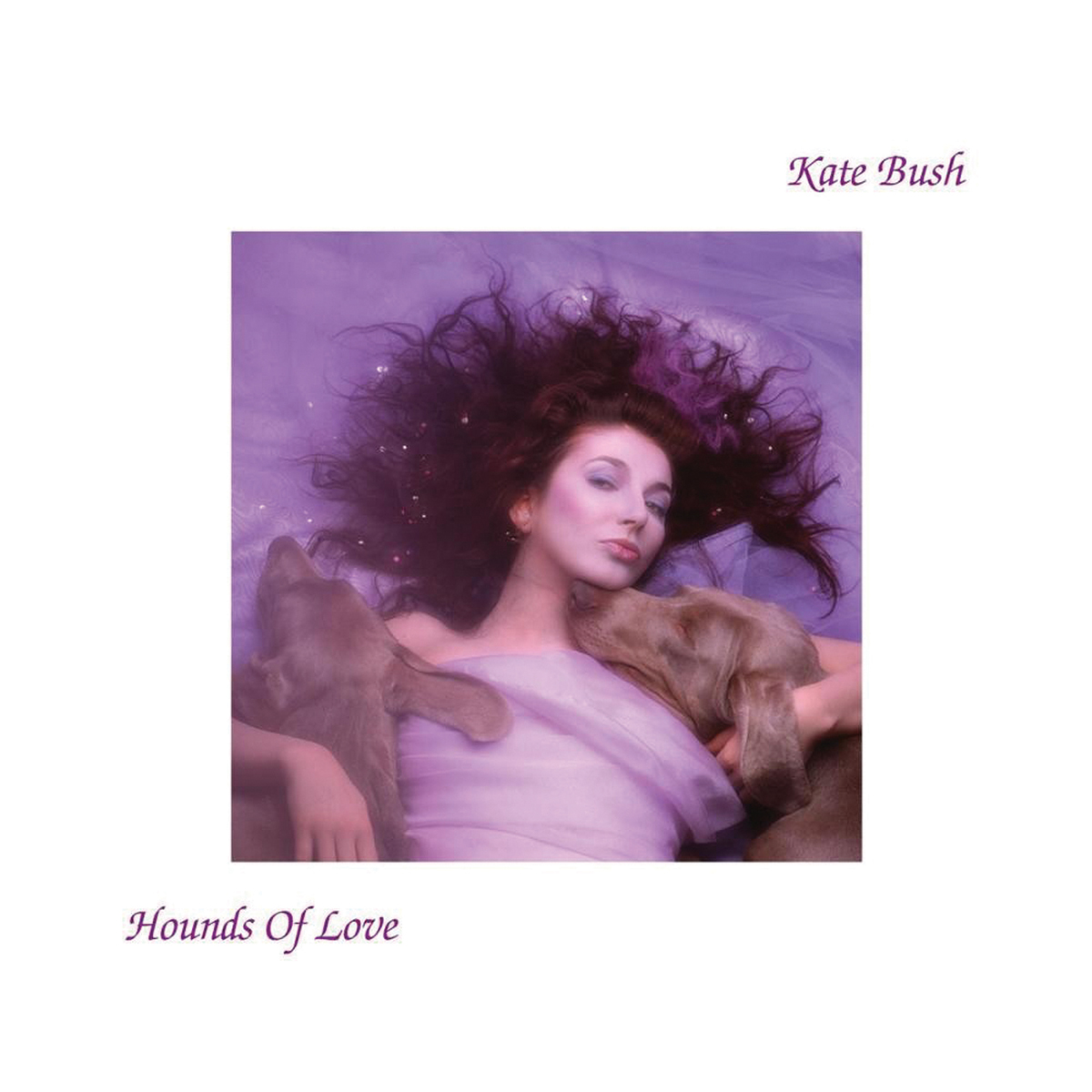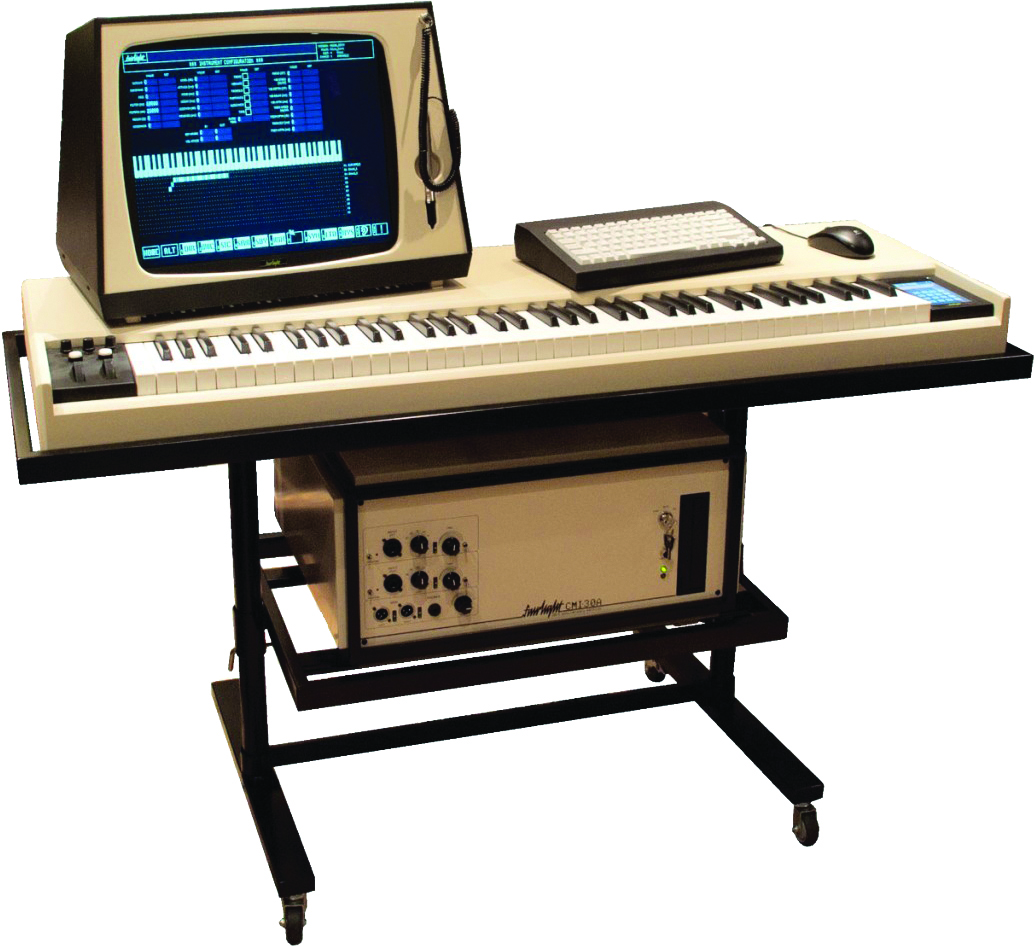Landmark Productions: Kate Bush – Hounds of Love
In light of her glorious return to the stage we’ve decided to revisit Kate Bush’s finest hour. The textured, melodic Hounds of Love found the artist firing on all cylinders. Andy Price throws his shoes into the lake… Engineers Del Palmer, Haydn Bendall, Brian Tench, Paul Hardiman, Nigel Walker, James Guthrie Producer Kate Bush – Produced […]

In light of her glorious return to the stage we’ve decided to revisit Kate Bush’s finest hour. The textured, melodic Hounds of Love found the artist firing on all cylinders. Andy Price throws his shoes into the lake…

Engineers Del Palmer, Haydn Bendall, Brian Tench, Paul Hardiman, Nigel Walker, James Guthrie
Producer Kate Bush – Produced at Wickham Farm Home Studio –
The Tracks
1. Running up That Hill (A Deal With God)
2. Hounds of Love
3. The Big Sky
4. Mother Stands for Comfort
5. Cloudbusting
6. And Dream of Sheep
7. Under Ice
8. Waking the Witch
9. Watching You Without Me
10. Jig of Life
11. Hello Earth
12. The Morning Fog
When Kate Bush first materialised out of the ether in the latter half of the 70s the popular music world was more than a little perplexed. Plucked from relative obscurity by Pink Floyd’s David Gilmour, Bush released her suitably proggy breakthrough smash Wuthering Heights and resulting LP The Kick Inside in 1978. Over the next few years she gained a sizeable following with a series of increasingly experimental and musically diverse records, reaching glorious heights with her 1985 masterwork Hounds of Love.
Perhaps taking inspiration from David Bowie’s Berlin trilogy, Bush conceptually divided the record into two distinct halves. The first, more mainstream-friendly side being subtitled ‘Hounds of Love’ while the second side consisted of more impressionistic music and was subtitled ‘The Ninth Wave’ – the title of a poem by one of her towering literary influences: Alfred, Lord Tennyson.

Enlisting the help of her long-term boyfriend and musical collaborator, Del Palmer, and a team of engineers, including James Guthrie who worked on (amongst other records) Pink Floyd’s audacious The Wall, recording began at Bush’s recently constructed 48-track studio, which she had built in an old barn situated next to her family home.
Bush would describe building her own studio as “the best decision I ever made”, and she kitted it out with the most up-to-date music technology of the time: LinnDrum machines, a vast array of synths and, most importantly, her Fairlight CMI sampler, which she had utilised heavily on preceding album The Dreaming and would incorporate in a very forward-thinking way on Hounds of Love and future productions. She composed the bulk of the album’s material with the Fairlight after using a Yamaha CS-80 as her primary composition tool on previous albums.

The Fairlight CMI (which stands for Computer Music Instrument) was a key tool in the realisation of Hounds of Love.
Talking to Electronic Music Maker in 1982 Bush said that what attracted her to the Fairlight was “its ability to create very human, animal, emotional sounds that don’t actually sound like a machine. I think in a way that’s what I’ve been waiting for.”
Run To The Hills
Opening track Running up That Hill was one of a handful of tracks written by Bush on piano, and is a song sweeping with majesty, yearning and power. The musical landscape is defined by the instantly familiar skittish synth riff and insistent drum machine beat. Electric guitar plays its part too, peppering itself through the latter half of the track in little mini-furious fuzzy freak-outs. All the while Bush’s dramatic and emotive vocals take centre stage. Multi-tracked vocals compete and bolster the lush melody.
“Take your shoes off, and throoow them in a lake!’’ Bush then impetuously commands, elongating with a compelling growl the word ‘throw’ on this, the album’s title track. Hounds of Love kicks off with the sampled phrase “It’s in the trees, it’s coming!” (taken from horror movie Night of the Demon) before exploding into a gorgeous synth-underbed, pulsing with a big drum sound.
Very soon Bush once again demonstrates her powerful vocal range, and even though a fascinating musical tapestry is created here it is this vocal that is impossible to ignore. The song’s synth-pad base is countered by a folk-y, repetitive string section that serves to fuel the paper-thin tension evoked by Bush’s singing.
The Big Sky is dominated by a funky, bouncy bass guitar, multi-tracked vocals and what is essentially a singular hook that is repeated throughout the song. The simplistic guitar riff that kicks in towards the song’s conclusion serves as a secondary hook before Bush’s gospel chorus of multi-tracked vocals rounds off the song in an unexpected way.
And Now For Something Completely Different…
Mother Stands for Comfort distinctly shifts the tone. The opening three tracks’ joyous mania makes way for a more contemplative air as Bush lyrically reflects on the protective relationship between a mother and son – despite the son’s wrongdoings (murder?) he knows that his mother will always protect him. The track features the kinetic, fretless bass of Eberhard Weber, who collaborated with Bush on preceding album The Dreaming. His flowing, moving bass is the key element of this track, which also features a lovely matching piano/vocal melody, unusual distant whistling and a curious backward phasing effect.
Cloudbusting is a sample-heavy composition that Bush wrote and arranged on the Fairlight CMI. “Discovering the Fairlight gave me a whole new writing tool, as well as an arranging tool,” Bush told Option magazine in 1990, “…like the difference between writing a song on a piano or on a guitar. With a Fairlight you’ve got everything: a tremendous range of things. It completely opened me up to sounds and textures, and I could experiment with these in a way I could never have done without it.”
The heart-wrenchingly beautiful and cinematic And Dream of Sheep begins the ‘Ninth Wave’ section of the record. Bush’s vocals are touchingly soft, layered over glacial piano chords and sampled sound effects that include unsettling disconnected voices and distant seagulls, evoking Dark Side of the Moon-era Pink Floyd.
Under Ice is a dramatic and scene-setting piece that features multi-layered vocals, building to a climax that never comes. Bush used her home studio as an instrument when creating this side’s seven-song suite. Shortly after building her studio, Bush told MTV that “when you work experimentally it actually becomes prohibitive because it costs money to work in a commercial studio. Plus the distractions. So you have to find your own place, and you’ve got to get the best equipment in there that you can afford!”
The eighth track Waking the Witch is a chilling piece of textured sound. A freaky, whispered voice states “wake up” with an ominous swelling piano chord kicking off the composition (which is actually recorded backwards) resolving into a sampled voice saying “this is your early morning call” before exploding into a sea of chopped-up myriad voices insisting that the listener (or Bush herself) wakes up. Crazed piano and guitar arpeggios then form an uneasy, uncomfortable musical landscape as the track conjures an image of a witch trial. Watching You Without Me is the perfect comedown from the insanity of the previous aural onslaught.
The next piece of music Jig of Life is undeniably Celtic in influence, complete with violins, pipes and, yes… a jig-able rhythm. However, as this is Kate Bush nothing is quite as it seems: the melody takes a dark and spooky turn as her vocals get more demented. Halfway through, the song breaks down into a violin solo before poetic, Irish vocals (provided by Kate’s brother Paddy) kick in. Jig of Life was (appropriately) arranged by Riverdance composer Bill Whelan.
Hello Earth commences with more sampled voices, this time, incongruously, of astronauts, before settling into a more traditional piece of music – a melodically gorgeous piano ballad that grows in power as the track continues. The track then seemingly stops, as a male vocal chorus kicks in. The effect is unnerving; shortly after, the musical elements of the song then re-assert themselves.
The album’s final song The Morning Fog satisfactorily resolves the album both musically and thematically with an uplifting and sprightly melody. Bush’s lyrics are positive, referring to being ‘born again’ and how much she loves her various family members, as Del Palmer’s sterling bass work keeps the various musical elements together. Though the song is short it works as a piece of musical punctuation, bringing Bush’s most aurally stimulating work to a close.
Don’t Give Up
As we’re sure you’re aware, the music world has been all-a-fluster of late due to Bush returning to live performance. She has just finished a 22-night residency at the Hammersmith Apollo, and the Before the Dawn show focuses on most of the music from Hounds of Love, with ‘The Ninth Wave’ side being dramatically brought to life around Bush in a conceptual extravaganza. It’s thrilling that after all these years this work is gaining widespread exposure and Bush has the resources to fully realise her vision live, utilising not only music but theatre, dance and film.
It’s no surprise that Hounds of Love is regarded as the Bush magnum opus, with a rich variety of progressive composition, thoughtful yet experimental production, and a clarity of vision that puts her head and shoulders above many of her 80s pop contemporaries. Hounds of Love rewards each listen and arguably catches the spirit of Kate Bush more distinctly than any of her other albums .
The Players
Kate Bush
Conceptual singer/songwriter and producer, Bush created her own studio at Wickham Farm, giving her the freedom and time to craft her musical landscapes.
Del Palmer
Longtime Bush band member, studio bassist and boyfriend, Del Palmer worked with Kate on track composition and also led the studio engineering team.
Paddy Bush
Kate’s multi-instrumentalist brother Paddy contributed guitar, mandolin and a variety of other unusual instruments, including the didgeridoo!
James Guthrie
Best known for his work with Pink Floyd on The Wall, Guthrie worked with Bush engineering the record, and conducted the orchestral sessions for Cloudbusting.